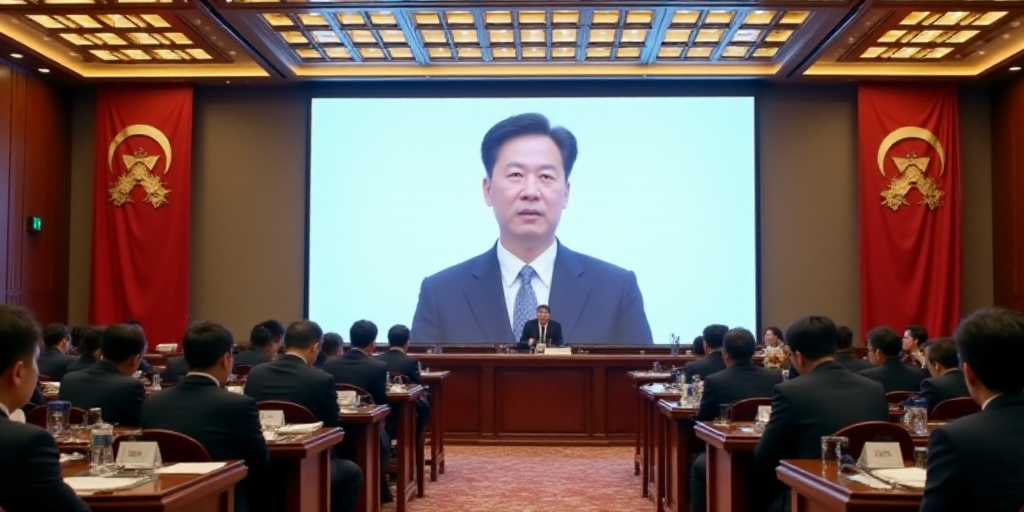Background on APEC and Its Members
The Asia-Pacific Economic Cooperation (APEC) is a forum for 21 member economies that promotes free trade, investment, and economic cooperation among its members. Established in 1989, APEC has played a crucial role in fostering economic growth and integration in the Asia-Pacific region. The member states include both developed and developing economies, such as the United States, China, Japan, Russia, Mexico, Canada, and several Pacific island nations.
APEC’s Trade Growth Projections Downgraded
During its recent meeting of trade ministers in Jeju, South Korea, APEC downgraded its projections for regional trade and economic growth. The organization now expects the region’s exports to increase by a mere 0.4% in 2025, compared to the 5.7% growth rate of the previous year.
Furthermore, APEC revised its regional economic growth forecast from 3.3% to 2.6%. This downgrade is primarily attributed to reduced external demand, particularly in manufacturing and consumer goods sectors. Additionally, growing uncertainty surrounding trade-related measures has negatively impacted the growth of service trade.
Impact of U.S. Tariffs on APEC Members
The aggressive tariff campaign initiated by the Trump administration has targeted more than half of APEC’s members. Despite this, average regional tariff rates have fallen from 17% in 1989 to 5.3% in 2021, leading to a ninefold increase in merchandise trade during this period.
Trade Talks Between U.S. and China
On the sidelines of the APEC meeting, U.S. Trade Representative Jamieson Greer met with China’s trade envoy, Li Chenggang. The details of their discussions were not disclosed by South Korea’s Trade Minister Cheong In-kyo, who only mentioned the meetings to the press.
These talks followed earlier face-to-face discussions in Geneva on May 10-11, during which Greer and Li agreed to significantly reduce tariffs. Over the next two days, trade representatives from member economies will deliberate on multilateral trade and other cooperation agendas, including the reform of the World Trade Organization (WTO).
U.S. Concerns and Actions Regarding WTO
The U.S. government views the WTO as an organization that has allowed China to gain unfair trade advantages in exports. Recently, the U.S. has taken steps to pause its funding to the WTO amid ongoing challenges.
Key Questions and Answers
- What is APEC? The Asia-Pacific Economic Cooperation (APEC) is a forum for 21 member economies promoting free trade, investment, and cooperation in the Asia-Pacific region.
- Why did APEC downgrade its trade growth projections? APEC lowered its projections due to reduced external demand, particularly in manufacturing and consumer goods sectors, as well as growing uncertainty surrounding trade-related measures.
- How have U.S. tariffs affected APEC members? Despite targeting more than half of APEC’s members, average regional tariff rates have fallen from 17% in 1989 to 5.3% in 2021, resulting in a ninefold increase in merchandise trade.
- What were the outcomes of the U.S.-China trade talks? U.S. Trade Representative Jamieson Greer and China’s trade envoy, Li Chenggang, agreed to significantly reduce tariffs during their meetings in Genebra. The details of these discussions remain undisclosed.
- What are the U.S. concerns regarding the WTO? The U.S. government believes that the World Trade Organization (WTO) has allowed China to gain unfair trade advantages in exports. The U.S. has recently taken steps to pause its funding to the WTO amid ongoing challenges.






